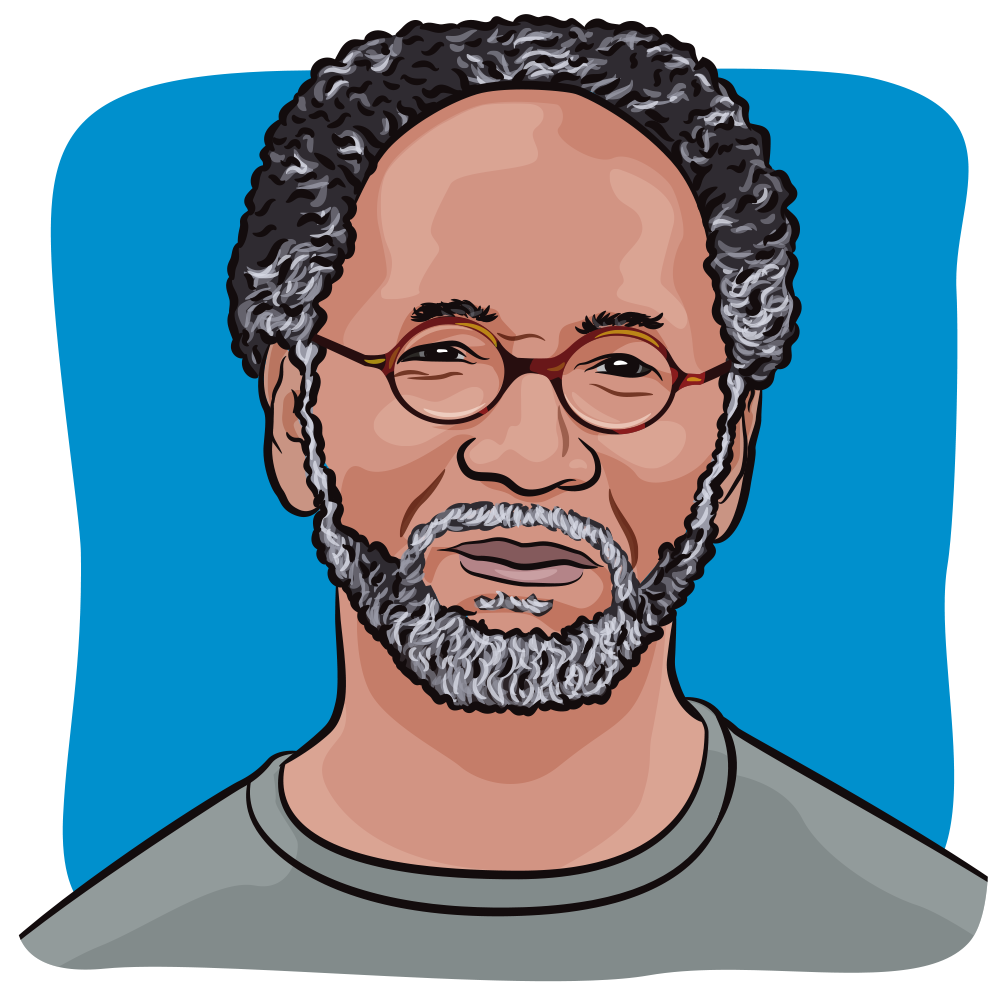Article
Five Years of Metastatic Breast Cancer: My Survival Stats
Author(s):
The statistics for metastatic are grim, so I made a list of my own numbers instead.

Stage 4 breast cancer doesn’t have great stats of making it to five years. On June 27, 2023, I made it five years with metastatic breast cancer. Doctors gave me statistics and I've seen the gut-wrenching numbers of life expectancy.
My question has always been: how do our own situations apply to these statistics?
So many of stage 4 breast cancers are different, as I’ve been told. So why wouldn’t my own individual stats count for something? So instead of regurgitating the same facts I've heard, here's my own statistics/numbers for my five years of MBC
- Fifteen surgeries since diagnosis (doesn't include the countless biopsies I’ve had). This is a spectrum from egg retrieval, port placement (twice), emergency port removal surgery, double mastectomy, countless reconstruction surgeries with implants failing/replacement, removing implants and going flat, hip impingement, metal rod into femur and partial hysterectomy. Surgery has taught me that I get to vocalize my allergies, advocate for myself since I can no longer get pregnant (it would kill me); I can now fight to keep my urine, and I protect my left limb due to lymphedema at all costs.
- Twelve radiation tattoos for my first round of radiation to my breast/chest wall. That first round included 30 sessions of radiation and laying on a table for about 40 minutes topless. My first 12 tattoos are all blue dots scattered all over my upper body, robbing me of choosing if I ever wanted tattoos on me. Turns out, I would later add two real ones I designed by choice.
- Three full different sessions of radiation (one to breast/chest wall, one spine and sternum and one to pelvis, both femurs and spine again). The later sessions of radiation did not tattoo me, but instead marked me with a Sharpie marker. Apparently now, Sharpie is much more considerate for the patient, though my 12 blue dots say otherwise.
- Two chemo regimens with three chemo drugs total. Adriamycin/taxol (the typical combo given for ER-positive disease) and Enhertu. Chemo is a battle and to keep returning to it with its awful side effects is a grueling process. Enhertu nearly killed me as I am in the near 10% that have the life-threatening, pneumonia-like side effect. To this day, that grim statistic and scary 24 hours in the ER still brings my soul chills.
- 127 diagnostic images over five years, including X-rays, PET scans, MRIs, CT scans, ultrasounds, bone scans and so on. I counted every single one that insurance paid for. It baffles me how many machines and hospitals my body has seen.
- Five care teams have been a part of my cancer diagnosis and history. Four treated me and one was only an opinion. I greatly trust my current care team the most as they have been the most diligent at respect and communication as well as good treatment of my cancer.
- Sixteen eggs retrieved, and nine are frozen from my egg retrieval surgery in 2018. I battled 10 days of shots, vaginal ultrasounds and blood draws to monitor hormones, ovaries and egg progression to determine when retrieval day would be. My nine frozen eggs were named after the seven dwarfs and Cinnamon and Sugar, after I decided I didn’t want them named letters, or numbers, but rather names since they were a part of me. Ultimately, three years later and six failed attempts of surrogates, our dreams of parenthood crashed, and we donated my nine eggs to a couple in need who are facing ovarian cancer with a surrogate lined up.
- Five lumps in one breast are what I had originally told was my diagnosis. I only felt one in the shower, two months prior to getting my real biopsied results. Sometimes I still amaze myself for my swift ability to take action. One lump turned into five over a period of less than two months. This piece of my story still gets me as a 35-year-old woman, because I still don’t know what to tell young women as preventions to stop from getting breast cancer.
This is why I share and why I feel our personal numbers matter more than averages. It’s the actions that an individual can take that can separate them from the norm. It's how history can change. If we fight for more research and prevention methods, maybe the data will become more individualized. I can only hope and continue to do all that I can to increase awareness and advocate.
For more news on cancer updates, research and education, don’t forget to subscribe to CURE®’s newsletters here.





